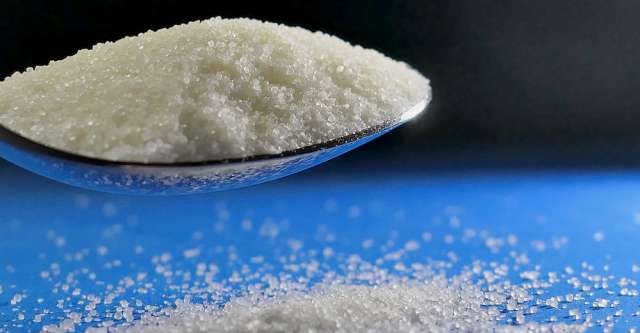Alton, Mo. – The Missouri Department of Conservation recommends using as little salt as is necessary when you are doing stuff with your plants.
Don’t Overdo Salt on Plants
Salt can damage plants and ruin them. Salt can make them grow slowly, become deformed, succumb to your disease, or die. Salt can fall under these categories: common table salt, calcium chloride, ammonium nitrate, and urea. Ammonium nitrate is a white crystalline solid used as a fertilizer and as a component of some explosives. Urea is defined as a colorless crystalline compound which is the main nitrogenous breakdown product of protein metabolism in mammals and is excreted in urine.
Signs Your Plants Have Salt
Deciduous trees may not show damage until the next growing season. Evergreen’s, however, will show immediate effects. Some signs that your tree or other plants might be harmed by salt is yellowing or dwarfing foliage, or dieback, and “witches bloom” of twigs. A witches broom is an unusually dense and compact cluster of twigs and foliage formed on a woody plant. The mass of shoots comes from a common point, giving the growth a broom-like appearance. Damage is usually more noticeable on the side facing the drift.
How to Treat Salted Plants
If your plant is harmed by salt, here are some ways to treat it. Treat by pruning dead or deformed branches and washing away the salt that you see. If the salt goes into the soil near your tree, you should apply gypsum. Gypsum is a soft sulfate mineral composed of calcium sulfate dihydrate. For moderately damaged soil, put 100-200 pounds of gypsum per thousand square feet over the harmed ground. This treatment can be made every three years.
For heavily contaminated soil, apply up to 700 pounds of gypsum per thousand square feet over the affected area. Or you can just apply 150 to 200 pounds of gypsum every year for up to three years. Plants that have been weakened by heavy or chronic exposure to salt may not respond to gypsum treatment.
Protect at Risk Plants
Here are some ways to protect you plants that are at risk:
- Remove ice by mechanical means if practical.
- Create drainage channels or barriers around plants where ice melters are used.
- Use only the amount of ice melting chemical needed to do the job, practice moderation.
- Use dark-colored abrasives as an alternate or supplement to chemicals.
- Use calcium chloride rather than sodium chloride when fertilizers are not practical.
- Apply gypsum if sodium chloride contamination is anticipated.
- Be especially careful in applying salts in late winter or early spring, or when the ground is not frozen. [1]
So even though we should think about our environment and use salt appropriately, at the same time, let’s not fall and break bones either.
Notes:
- ^“Ice-Melter Damage.” Missouri Department of Conservation, 25 Jan. 2020, . (go back ↩)

